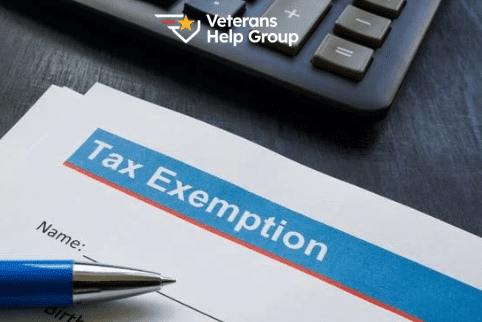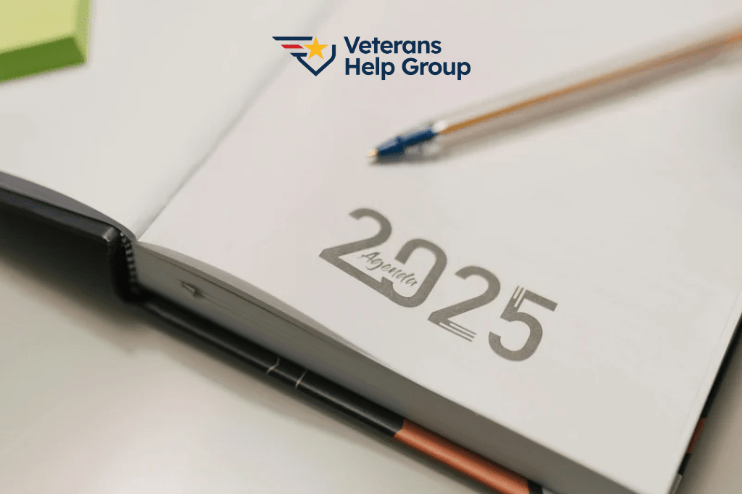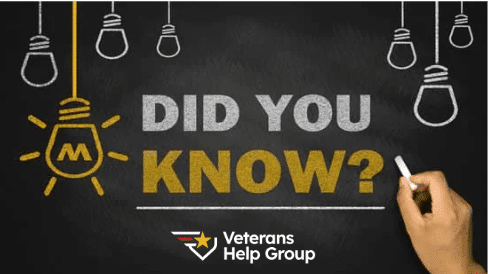Table Of Contents
Hypertension
Hypertension, or high blood pressure, is a common diagnoses for most veterans. High blood pressure can be easily developed due to the stress acquired during active duty military service. In fact, high blood pressure is the most common chronic condition among veterans, affecting more than 37% of the veteran population. However, the VA can make it difficult to receive benefits for hypertension.
What is Hypertension?
Hypertension, or high blood pressure, occurs when the force of blood flowing through your blood vessels is consistently too high. Blood pressure is a measure of the force exerted on artery walls as blood pumps through the circulatory system. A higher than normal blood pressure means that the heart works much harder to circulate blood. If your blood pressure is too high for long periods of time it can damage the blood vessels and increase your risk for heart failure, kidney problems, and sexual dysfunction.
Blood pressure is measured as a ratio of two numbers such as 120/80, which is normal blood pressure. The top number is called the systolic pressure and the bottom number is called the diastolic pressure.
Hypertension is known as a “silent killer” because there are typically no obvious outward signs of the condition and it can increase the risk of stroke, heart attack, and other serious health threats. Although many of the symptoms are not obvious, some of them include:
- Fatigue and/or confusion
- Vision problems
- Chest pain
- Headaches
- Difficulty breathing
- Irregular heartbeat
- Pounding in chest, neck, or ears
How to Get VA Disability Rating?
To be eligible for a VA disability rating for hypertension, the veteran’s blood pressure must have a diastolic measurement of 100 or more or a systolic measurement of 160 or more. If there is a valid diagnosis of hypertension that meets the above criteria, then there needs to be a definitive link between an event, injury, or illness during military service and hypertension.
The VA presumes certain conditions are connected to specific events during military service, this is called “presumptive service connection.” The VA presumes service connection for hypertension if the diagnosis is within one year of release from active duty. If the diagnosis occurs after the one-year mark, then service connection must be proven.
How is Hypertension Rated?
The VA assigns a disability rating based on the severity of the hypertension. The rating depends on the veteran’s blood pressure reading:
| Rating | Blood Pressure Reading |
| 60% | Diastolic pressure is 130 or higher |
| 40% | Diastolic pressure is 120-129 |
| 20% | Diastolic pressure is 110-119; or systolic pressure is 200 or higher |
| 10% | Diastolic pressure is 100-109; or systolic pressure is 160-199 |
The diagnosis of hypertension must be supported by evidence that two or more blood pressure readings were performed on three different days. If the veteran has consecutive sets of blood pressure readings in the same month, the VA gives veterans the “benefit of the doubt” and assigns them the highest rating based on those test results.
Veterans Help Group have been supporting veterans in getting the benefits they deserve since 1995. If you or a loved one served, and suffer from hypertension, we are here to help. Call Veterans Help Group at 855-855-8992 or complete our free veterans benefits case evaluation form.

VA Disability Benefits and Tax Exemptions: What You Should Know
VA Disability Benefits and Tax Exemptions: What You Should Know Written by: Schuyler Swanton,...

Veterans Help Group In The Community
Veterans Help Group in the Community Written by: Bobbi Boudi, Director of Community Outreach, Amy...

The Veterans Appeals Efficiency Act of 2025
The Veterans Appeals Efficiency Act of 2025 Several bills are currently pending in Congress that...





